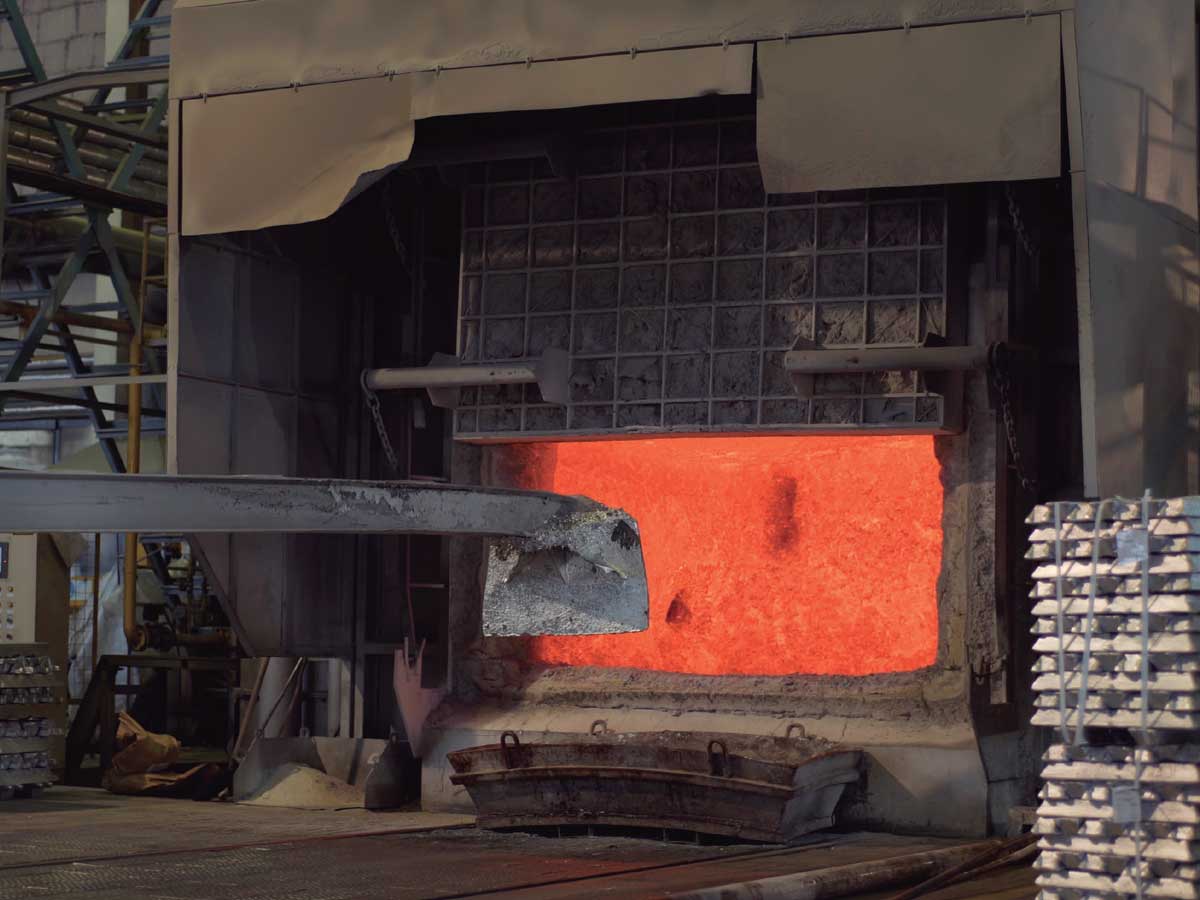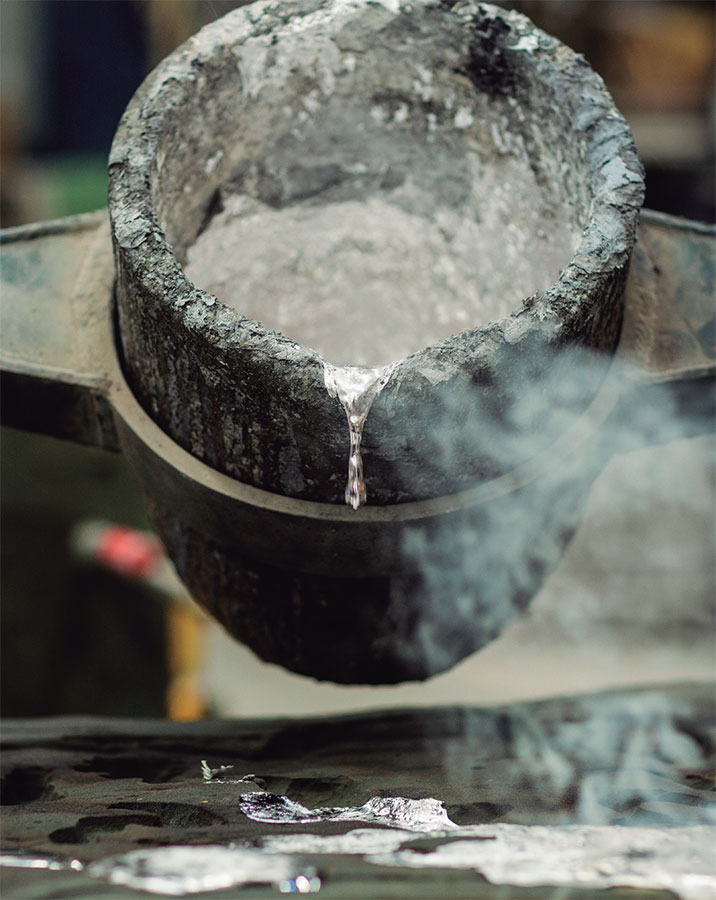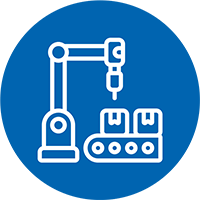visuAL
ALUMINIUM ALLOY SEPARATION BY OPTICAL DISPLAY
ALUMINIUM IS A CIRCULAR MATERIAL THAT CAN BE RECYCLED INDEFINITELY with significant energy savings; but the secondary alloys obtained through the recycling process are used for smelting processes that lead to a loss of value of the critical metals included in aluminium alloys. This downcycling is not usually considered in Life Cycle Assessment studies, and affects the metallic fraction composed of aluminium obtained in the treatment of waste materials from End-of-Life Vehicles (ELV) and Waste Electrical and Electronic Equipment (WEEE).
REFIAL is an aluminium refinery dedicated to the supply of second smelting aluminium, and is part of the OTUA GROUP. At visuAL, REFIAL has collaborated with INATEC, one of the Group’s R&D unit.

DRIVING FACTOR


 OBJECTIVES
OBJECTIVES
- Upcycle the degree of utilisation of critical metals in secondary aluminium alloys.
- Perform effective separation methods of the different alloys present in secondary aluminium.
- Scale this separation in quality and added value.
- Recover wrought alloys (family 6xxx) and cast alloys (family 46xxx), which correspond to the two major fractions of materials processed.
 RESULTS
RESULTS
- Design, optimisation and implementation of a process for separating aluminium alloys based on their colour when exposed to different dyeing processes. The process consists of an initial pickling pretreatment and five dyeing stages to separate the metal parts according to their main alloy.
- Alloy recovery from different ELV and WEEE source materials, throughout the treatment scheme, and process completed for aluminium recovered from ELV shredder light waste (aluminium Fluff) with a chemical pickling pre-treatment.
- Testing the effectiveness of treatment on a semiindustrial scale by colour separation in an automated system with fragments larger than 10 mm.
- 5% contribution to company’s turnover, with a 5% increase in market share and investment of EUR 5 M.
- Estimated potential savings of 6,200 tonnes per of CO2e/year.
 CONCLUSIONS
CONCLUSIONS
- Due to the heterogeneity of the input material, it is considered necessary to design different treatment schemes depending on its origin. There are clear differences in content and composition of aluminium from heavy or light shredding of WEEE or ELVs. Polymeric coatings on some aluminium streams, for example, involve high management costs.
- Effluents are generated during the treatments carried out, which could be reused in several treatment cycles.
- visuAL has visually separated aluminium alloys on the basis of Si, Mg and Cu content. This line of work offers an entry into the secondary aluminium market with interesting economic impact: cost reduction for companies using this type of alloys and increased margins for recycling companies.
ENVIRONMENTAL
TECHNICAL
ECONOMIC
COMMERCIAL
ON THE MARKET


